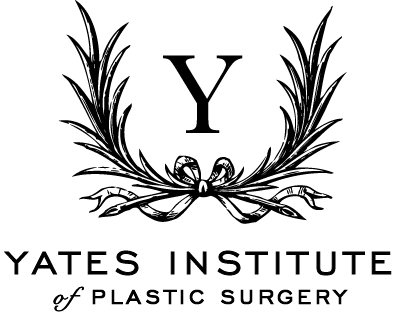Liposuction - Frequently Asked Questions
Liposuction is the plastic surgery procedure used to eliminate excess fat from specific areas of the body. The procedure has been performed for quite a few decades now, is safe and can deliver impressive results when performed by a talented and experienced board-certified plastic surgeon. However, even if the procedure is not new, there are many myths and questions about it. Let’s see the answers to some of the most popular frequently asked questions about liposuction:
Liposuction Can Remove All Fat in the Treated Area?
When it comes to liposuction, we always talk in terms of the “excess” or “surplus” of fat. The procedure doesn’t aim to remove all the fat in the area, this would be dangerous and the results wouldn’t be satisfactory either. There are always adipose cells left behind after a liposuction procedure – but we’re talking here about a very thin layer, necessary to vascularize the skin and protect the body against trauma. This thin layer of fat is also essential for the thermoregulation process – it helps maintain the body’s temperature constant.
Can I Gain Weight After Liposuction?
Undergoing a liposuction procedure is no guarantee against a potential weight gain in the future. All the procedure does is to eliminate the excess of fat that is present in the areas treated at the moment of the procedure. The patient can start gaining weight after liposuction due to various reasons – pregnancy, overeating and so on – and this can and will affect the results achieved with the procedure. At the same time it’s important to mention that the fat cells extracted during liposuction won’t get back to the body after the intervention is performed. But the remaining cells can increase their volume exponentially. Certain asymmetries are possible if considerable weight gain occurs after liposuction, so this is something patients should avoid.
Do I get Rid of Cellulite After Liposuction?
While undergoing a liposuction procedure can lead to an improvement of the skin texture in the treated area, liposuction is not a treatment for cellulite. There are other factors influencing the occurrence of cellulite such as genetics, diet, and lifestyle choices, so it’s never a guarantee that you’ll get rid of cellulite after liposuction. However, most patients do mention an improvement after the intervention.
How Much Weight Can I Lose with Liposuction?
One of the common misconceptions about liposuction is that it can be used to lose weight. Even if we often associate the excess of fat with excessive weight, this is necessarily the case for liposuction patients. The procedure should only be performed on patients with a normal weigh. In other words, the patient shouldn’t look for weight loss, but body contouring when resorting to liposuction. And the results of the procedure are better measured in the mirror than with the scale. The loss after liposuction should be in inches, not in pounds.
To give you an even better idea about what to expect in terms of weight loss after lipo, you should know that there is an upper limit to the amount of fat that can be extracted during the procedure. To keep the patient safe, most plastic surgeons would avoid extracting more than 8 to 10 pounds of fat in one lipo session. But this is variable too, depending on the physiological characteristics of the patient, the area treated and so on.
What Areas Can be Treated?
The procedure can be used to address areas of the body and also the face. The most popular type of liposuction is the abdominal lipo, performed on both men and women alike. Women can also choose to have lipo on the face and neck, upper arms, the back, the thighs, the buttocks, flanks and even the calves. Most often men choose to get lipo on the flanks and the chest. During one session of liposuction we can address one or multiple areas of the body.
When Can I Resume My Daily Activities After Liposuction?
The recovery period after different plastic surgery interventions is much shorter nowadays than it was years ago and it’s the same with liposuction. Depending on the area targeted, the amount of fat extracted and your natural tolerance to pain and discomfort, you can be out and about within hours after undergoing the procedure. But liposuction is still not the kind of procedure you can have on your lunch break and then return to work.
I Don’t Like How My Tummy Sticks Out, Do I Need Liposuction or a Tummy Tuck?
Liposuction only deals with the subcutaneous layer of fat, while the tummy tuck addresses the excess of skin and the weak abdominal muscles. Patients with skin folds on the tummy, poor skin tone and weak muscles won’t get good results just with liposuction. Actually, good skin tone is essential to be a good candidate for the intervention. Otherwise, you might be left with saggy skin in the areas treated during the procedure. So, if it’s just fat that sticks out on your tummy and you have good skin tone and strong abdominal muscles, the chances are that a lipo session can correct that. In all other cases, the tummy tuck or a combination of abdominoplasty with liposuction might be necessary.
Am I a Good Candidate for the Procedure?
The answer to this question depends on a lot of factors. From your health condition to your expectations, there is a wide range of aspects that will be discussed with the plastic surgeon during the initial consultation to determine your eligibility for the procedure. To find out the exact answer, schedule a consultation today with Dr. Essie Yates, our board-certified plastic surgeon at the Yates Institute for Plastic Surgery in Fort Lauderdale.


